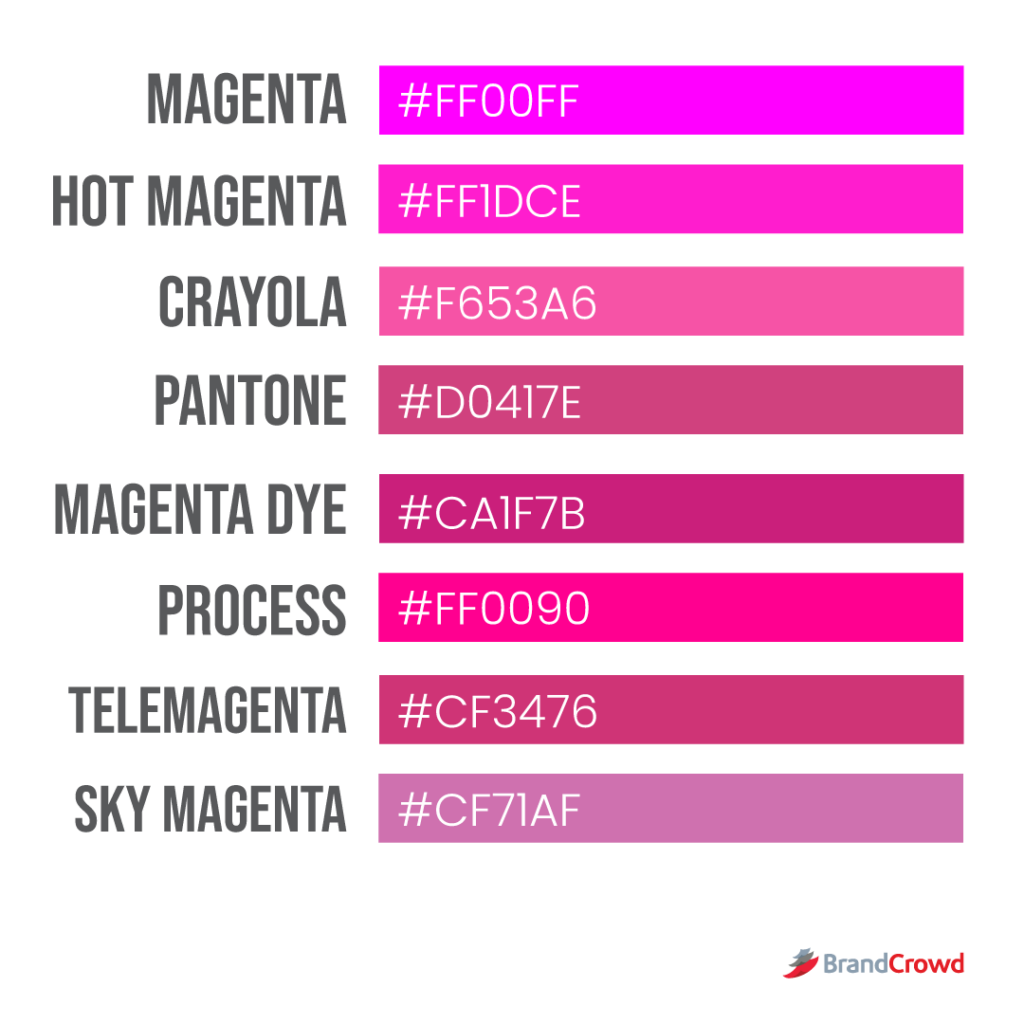What Color is Magenta

In the vast spectrum of colors that grace our world, magenta stands as a captivating enigma, captivating the eye with its vibrant allure and yet shrouded in a veil of mystery. What color is magenta, exactly? This seemingly simple question unveils a rich tapestry of scientific intrigue, artistic interpretation, and cultural significance.
Defined as a purplish-red color, magenta occupies a unique position within the realm of hues, residing between the warm embrace of red and the cool demeanor of blue. Yet, unlike its neighboring colors, magenta is a spectral anomaly, lacking a specific wavelength on the visible light spectrum. Instead, it arises from the complex interplay of our visual perception and the blending of red and blue light in our minds.
The journey to understanding magenta begins with the fundamentals of color perception. Our eyes detect light across a spectrum of wavelengths, with different wavelengths corresponding to different colors. Remarkably, magenta doesn’t have a single wavelength because it doesn’t exist as a single wavelength of light in the spectrum. Instead, it arises when our brains interpret a combination of red and blue light signals, a process known as color mixing.
Unraveling the Mystique: Exploring the Enigmatic Hue of Magenta
This phenomenon is beautifully illustrated through the RGB (Red, Green, Blue) color model, which forms the basis of electronic displays. When red and blue light are mixed at equal intensities, the resulting perception is magenta. Interestingly, this mixing of opposing hues challenges traditional color theory, where mixing primary colors typically results in secondary colors. Magenta defies this convention, standing as a testament to the complexity and wonder of human vision.
Beyond its scientific underpinnings, magenta holds profound cultural and symbolic significance. Throughout history, this captivating hue has been revered for its association with creativity, passion, and emotional depth. In art, magenta commands attention, adding vibrancy and intrigue to compositions. From the vibrant strokes of Impressionist masterpieces to the bold designs of contemporary graphic art, magenta leaves an indelible impression on the canvas of human expression.
Moreover, magenta’s symbolic resonance extends beyond the realm of art. In psychology, it is often associated with innovation, originality, and unconventional thinking. In marketing and branding, magenta is employed to convey a sense of uniqueness and individuality, capturing the imagination of consumers and distinguishing brands in a crowded marketplace.
Culturally, magenta holds varied interpretations and associations. In some cultures, it symbolizes love and passion, while in others, it signifies spiritual enlightenment or cosmic energy. Its versatility as a color of both intensity and subtlety allows it to adapt to diverse contexts and evoke a range of emotions and associations.
Conclusion
The question “what color is magenta?” invites us on a journey of discovery that transcends mere pigment and light. It beckons us to explore the depths of human perception, the richness of artistic expression, and the complexity of cultural symbolism. Magenta captivates the senses, stimulates the mind, and invites us to embrace the beauty and mystery of the world around us. So, the next time you gaze upon the alluring hue of magenta, remember that its true essence lies not only in its color but in the boundless possibilities it inspires within us.





